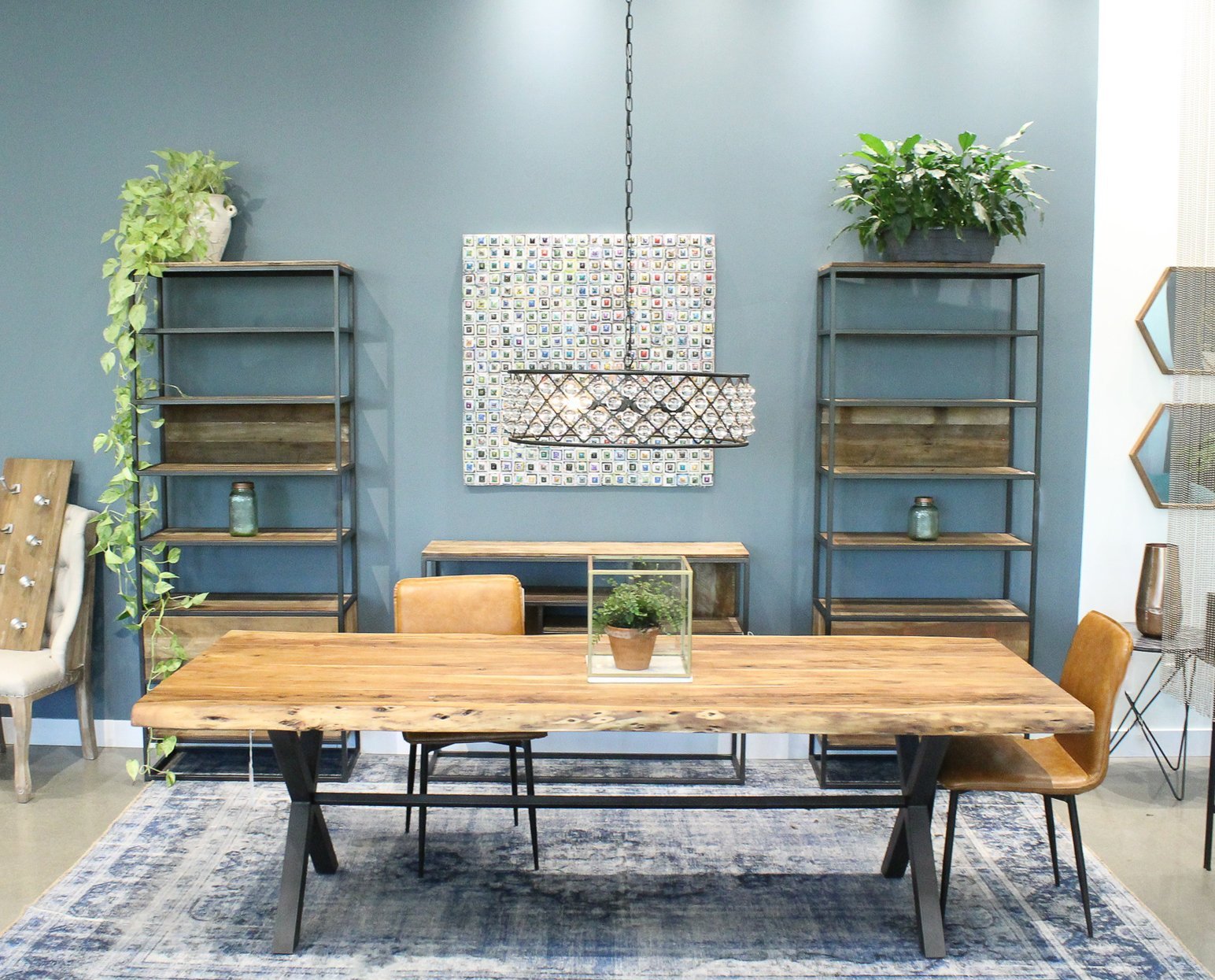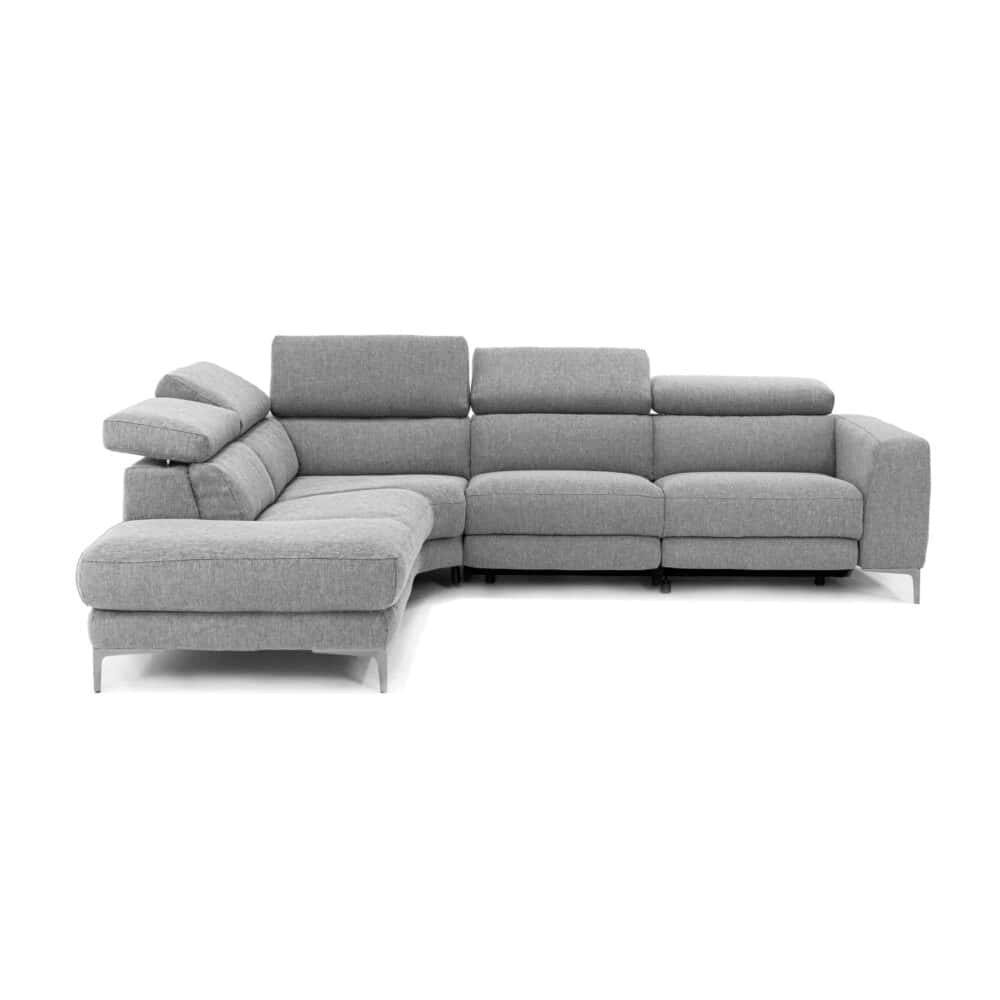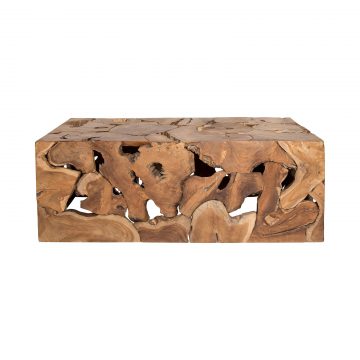The Ultimate Guide to Dining Room Layouts
A well-designed dining room layout can transform your space into a functional and stylish hub for family meals, gatherings, and celebrations. Whether you’re working with a compact area or a spacious room, understanding how to plan and arrange your dining room layout is essential. In this guide, we’ll explore everything from the basics of dining room design to advanced tips for creating a space that perfectly suits your needs.
Understanding the Basics of Dining Room Layouts
Before diving into specific layouts, it’s crucial to grasp the fundamentals of designing a dining room layout. Your layout should maximize functionality, ensuring there is enough room for dining and movement. Functionality is key in a dining space, so prioritize ease of movement and access to seating for all guests. Additionally, it should complement the room’s shape and size. Choosing a layout that enhances your space will create a balanced and harmonious look.
Your layout should also reflect your lifestyle. If you host large gatherings or prefer intimate family dinners, your layout should accommodate these needs. Tailor your design to your routine and the number of people you typically host. Finally, consider incorporating lighting and decor. Proper lighting and décor play a significant role in enhancing the ambiance. A well-lit space with thoughtful decor adds personality and warmth to your dining room.
Common Dining Room Shapes and Sizes
Dining rooms come in various shapes and sizes, and understanding these is key to planning your layout effectively. Rectangular dining rooms are the most common shape, often paired with rectangular or oval tables. This shape offers ample space for larger tables, making it ideal for hosting guests or family gatherings. Square dining rooms, on the other hand, are perfect for smaller spaces and are ideal with square or round tables. A square room can feel cozy and intimate, especially when paired with a round table that maximizes seating options.
Open-plan spaces, where dining areas flow into other rooms such as living or kitchen spaces, require layouts that create definition without disrupting flow. You can use rugs, lighting, or furniture placement to delineate the dining area. Lastly, narrow or elongated rooms require careful planning to avoid a cramped feel. Opt for slim, rectangular tables and consider benches for flexible seating options in these spaces.
Popular Dining Room Layouts
Each dining room layout has its own advantages and is suited to specific room shapes and purposes. Here are some of the most popular options:
Linear Layout
The linear layout is best suited for rectangular rooms. A long dining table is centered in the room with chairs on either side, creating a formal and functional setup. This layout works well for formal dining and creates a classic, symmetrical look. Ensure there is enough space on either side of the table for chairs to be pulled out comfortably to enhance usability.
L-Shaped Layout
An L-shaped layout is versatile and space-saving, often combining the dining area with other functions such as a seating area or kitchen nook. It is ideal for open-plan spaces as it helps maximize corner spaces while maintaining flow. This layout creates a relaxed and welcoming vibe, making it perfect for smaller households or informal dining settings.
U-Shaped Layout
A U-shaped layout is cozy and inclusive, with seating positioned on three sides of the table. This design creates a sense of enclosure, making it great for smaller rooms where you want to foster an intimate dining experience. The U-shape naturally draws attention to the center of the table, making it perfect for showcasing centerpieces or dishes during meals.
Circular Layout
The circular layout is perfect for square or compact rooms. Round tables make efficient use of space and encourage conversation by positioning everyone at an equal distance. This layout fosters a sense of connection and can accommodate more guests when smaller round tables are expanded with leaves.
Banquet Layout
Inspired by large gatherings, the banquet layout features long tables with ample seating on both sides. It is grand and dramatic, making it ideal for open-plan spaces or elongated rooms. This layout is practical for events such as parties or family gatherings, creating a lively and festive atmosphere.
Creating a Functional and Aesthetic Dining Room Layout
To achieve the perfect balance of functionality and aesthetics, start by incorporating a focal point. A central element such as a chandelier, artwork, or centerpiece can anchor the space and tie the design together. Use a cohesive color scheme to enhance the room’s look, with warm tones adding an inviting feel and cool tones creating a modern touch.
Choose furniture that suits the style and scale of your room. Select tables and chairs that match your aesthetic while fitting comfortably within the space. Adding storage solutions like sideboards or cabinets can enhance organization and provide a convenient place for serveware or decorative items. Finally, layer lighting with overhead fixtures, wall sconces, and candles to set the mood and ensure functionality.
Measuring and Planning Your Dining Room Layout
Accurate measurements and thoughtful planning are the foundation of a successful dining room layout. Start by measuring the room, noting its length, width, and height, and accounting for architectural features such as windows, doors, and built-ins. These details ensure your layout doesn’t block any essential features.
When choosing a table size, match the table to the room size. A larger room can accommodate a bigger table, while smaller spaces benefit from compact or expandable options. Consider your seating needs, ensuring the table size aligns with the number of people you plan to seat regularly. For more guidance, check out our blog Choosing a Dining Table for Your Home.
Plan chair placement with sufficient space for comfortable seating. Each chair requires at least 24 inches of space, and there should be enough room for chairs to be pulled out without obstruction. Also, maintain a clear traffic flow by keeping at least 36-48 inches of clearance around the table for smooth movement. Position furniture wisely to avoid blocking pathways.
Visualizing your layout can be done with design tools or sketches. Use graph paper or online tools to experiment with different arrangements. Testing the layout with placeholders like taped outlines or temporary furniture can help you see how the design works in real life before finalizing it.
Conclusion
Designing the perfect dining room layout requires a blend of creativity, practicality, and careful planning. By understanding your space and incorporating these expert tips, you can create a dining room that’s both functional and inviting. Whether you prefer a formal banquet style or a cozy circular layout, the key is to ensure your design reflects your personal style and enhances your home’s overall ambiance.





